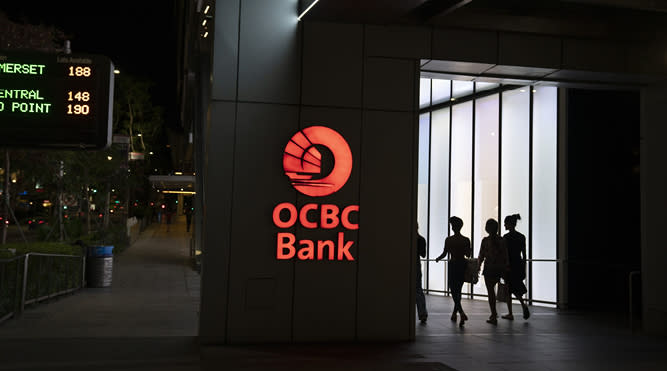JPMorgan upgrades OCBC to ‘overweight’, raises TP to $14

JPMorgan thinks the upcoming results briefing is a good window for OCBC to clearly communicate their capital allocation policy.
Analysts from JPMorgan have upgraded their rating on Oversea-Chinese Banking Corporation (OCBC) from “neutral” to “overweight” and raised their target price from $13 to $14.
Analysts Harsh Wardhan Modi, Daniel Andrew Tan and Gaurav Khandelwal write in a Jan 6 report that they expect the bank’s management to clearly communicate their capital allocation policy, during its results announcement for its 4QFY2022 ended 31 Dec, 2022 in mid-February.
They note that OCBC’s senior management shift happened “in the midst of [the Covid-19] pandemic, which likely led to a focus on initiatives to run the bank rather than manage shareholder returns.”
In comparison, its peers like DBS have hinted at the possibility of a higher regular dividend, special dividend and even a probability of buyback in 4QFY2022, while UOB has a clear 50% payout for the year.
Furthermore, OCBC has a higher common equity tier 1 capital (CET1) ratio compared to its peers, standing at 14.4% in 3QFY2022 compared to 13.8% and 12.8% at DBS and UOB respectively.
The analysts note that asset quality at the bank has held up much better than expected in the last two years, and that 2022 pre-provision operating profit (PPOP) growth has been much better than expectations due to sharp rate hikes in the last 12 months.
PPOP is the income a financial institution earns before taking into account funds set aside for future bad debts.
They note that “this combination provides a degree of comfort to bank management, in our view, on taking any decision on capital return while still keeping enough buffer.”
On the valuation front, the analysts note that OCBC is trading at 7.9x its 12-month forward P/E, and 0.99x its 2023 P/B.
The valuation discount is based on three factors, the analysts note. First, asset quality risks are weighing on Singapore bank stocks as a result of a possible recession in 2023-2024.
This is due to these institutions taking “slivers of risk” across geographies, and not unique to OCBC.
Another factor that is more specific to OCBC is that the bank has accumulated capital in the last few years, with limited clarity on capital use, which has led to worries on value-eroding deals.
While DBS and UOB closed multiple deals in the last two years, such as the merger of Lakshmi Vilas Bank into DBS India in Nov 2020, and UOB’s $3.6 billion acquisition of Citi’s Asean assets. On the other hand, OCBC did not have any such deals.
They also reiterate the point that communication on return of excess capital has been limited, but this point can be immediately addressed and that is likely “enough for the stock to re-rate in the near-term.”
In 4QFY2022, the analysts expect earnings to grow 4% q-o-q, and they think that growth in its net interest margin (NIM) should continue, albeit at a slower pace as the cost of financing catches up.
They also project that OCBC’s non-interest income should remain steady, with fee income close to 3QFY2022.
Non-interest income is bank and creditor income derived primarily from fees, like including deposit and transaction fees, annual fees, monthly account service charges and so on.
While they expect costs to move up as OCBC increases its spend on manpower and technology, its cost-income ratio could remain within range, given the higher income.
Higher credit costs of 26 basis points (bps) per annum are also expected in 4QFY2022, with FY2022 credit costs in line with its guidance of 15 to 20bps.
Lastly, the analysts expect US Federal Reserve rate hikes to drive NIM of 2.21% in FY2023 from 1.89% in FY2022.
They also note that the news on OCBC raising rates on its transaction accounts suggests an intensification of deposit competition, which may lead to an earlier peak in the sector NIMs .
As of 2.18pm, shares of OCBC were trading at $12.58, with a FY2022 P/B ratio of 1.05x and dividend yield of 5.5%.
See Also:
Click here to stay updated with the Latest Business & Investment News in Singapore
Recessionary risks still abound in increasingly 'two-sided economy': Analysts
OCBC to raise flagship OCBC 360 account interest rates up to 7.65%
Get in-depth insights from our expert contributors, and dive into financial and economic trends

 Yahoo Finance
Yahoo Finance 